Tag: study

Update to the Vitamin C, Thiamine and Steroids in Sepsis (VICTAS) Protocol
The analyses described here are those necessary to answer the trial's primary question of whether combined treatment with vitamin C, thiamine and steroids is more effective than placebo in increasing days alive and free from... read more
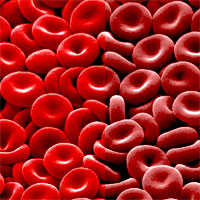
Fresh Red Blood Cell Transfusions No More Beneficial Than Older Red Blood Cells
Researchers have found that transfusions using fresh red blood cells—cells that have spent seven days or less in storage—are no more beneficial than older red blood cells in reducing the risk of organ failure or death... read more
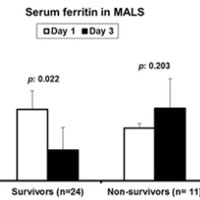
Serum Ferritin Identifies Septic Patients with Macrophage Activation-like Syndrome
A serum ferritin level above 4420 ng/ml identifies in a reliable and very specific way the septic patient with macrophage activation-like syndrome (MALS). Since the recent subgroup analysis indicated a survival benefit... read more
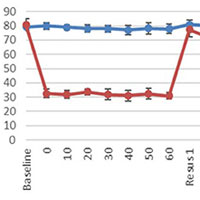
Modeling Cardiac Dysfunction Following Traumatic Hemorrhage Injury
Cardiac dysfunction (CD) importantly contributes to mortality in trauma patients, who survive their initial injuries following successful hemostatic resuscitation. This poor outcome has been correlated with elevated biomarkers... read more
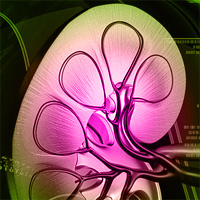
Hyperchloremia Is Associated With AKI in Patients With Subarachnoid Hemorrhage
Critically ill patients with subarachnoid hemorrhage show a strong association between hyperchloremia and acute kidney injury as well as acute kidney injury and mortality. Of 1,267 patients included in this cohort, 16.7%... read more
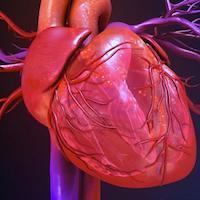
Predicting Adverse Hemodynamic Events in Critically Ill Patients
The art of predicting future hemodynamic instability in the critically ill has rapidly become a science with the advent of advanced analytical processed based on computer-driven machine learning techniques. How these... read more
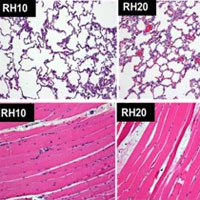
The Protective Effects of Regional Hypothermia on Injured Limbs Combined with Hemorrhagic-shock & Tourniquet
The aim of this study is to investigate the protective effects of regional hypothermia (RH) on rabbits' limbs injured by a steel-ball combined with hemorrhagic-shock, and then employed tourniquet over-time, tried to identify... read more

The Neurohormonal Basis of Pulmonary Hypertension in HFpEF
Subjects with heart failure with preserved ejection fraction (HFpEF) display activation of the endothelin and adrenomedullin neurohormonal pathways, the magnitude of which is associated with pulmonary hemodynamic derangements,... read more

Targeted Temperature Management at 33 vs. 36 Degrees
Comatose, adult out-of-hospital cardiac arrest patients treated during the targeted temperature management 33°C period had higher odds of neurologically intact survival to hospital discharge compared with those treated during... read more

Ventilation Rates and Pediatric In-Hospital Cardiac Arrest Survival Outcomes
In this multicenter cohort, ventilation rates exceeding guidelines were common. Among the range of rates delivered, higher rates were associated with improved survival to hospital discharge. Arterial blood pressure and... read more

Nonoperative Management of Splenic Injury of Patients with Reduced Consciousness is Safe and Feasible in Well-equipped Institutions
This study shows that NOM for blunt splenic trauma is a viable treatment modality in well-equipped institutions, regardless of the patients mental status. However, the presence of neurologic impairment is associated with... read more
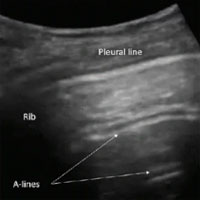
Ultrasound-based Clinical Profiles for Predicting the Risk of Intradialytic Hypotension in Critically Ill Patients on Intermittent Dialysis
In critically ill patients on intermittent hemodialysis, the absence of hypervolemia as assessed by lung and vena cava ultrasound predisposes to intradialytic hypotension and suggests alternative techniques of hemodialysis... read more

Pain Response to Open Label Placebo in Induced Acute Pain in Healthy Adult Males
Open label placebos might play a role in multimodal analgesic concepts. Pain ratings (median, first to third quartile) were 21% lower during placebo treatment compared to no treatment, 4.0 (3.2 to 4.9) versus 5.1 (4.7... read more

Economic Evaluation of a Patient-Directed Music Intervention for ICU Patients Receiving Mechanical Ventilatory Support
Music intervention has been shown to reduce anxiety and sedative exposure among mechanically ventilated patients. The aim of this study was to examine ICU costs for patients receiving a patient-directed music intervention... read more








